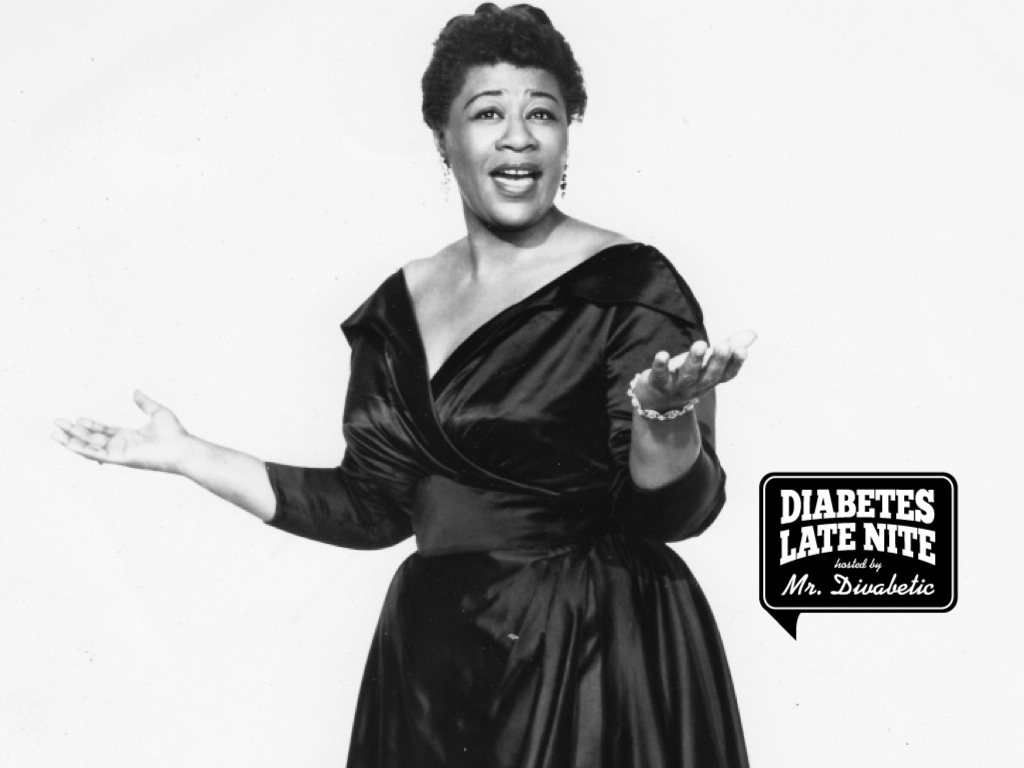We’re going ‘beyond the music’ to explore the diabetes hardships experienced by beloved musicians who have passed away so you can ‘keep your house a home’ and learn how to prevent diabetes health-related complications from occurring.
In many instances their obituaries make little mention of their diabetes diagnosis and/or diabetes health-related complications which results in the general public’s continued ignorance about the subject.
David Peaston was an American R&B and gospel singer who was mostly known for the hit singles, “Two Wrongs (Don’t Make it Right)” and “Can I?”. David Peaston died from complications of diabetes in St. Louis, Missouri, on February 1, 2012, at the age of 54.
After being laid off as a teacher in 1981, David Peaston moved to New York to pursue music. Quickly thereafter, Peaston who scored national fame after winning on “Showtime at the Apollo”. He wowed audiences with his sky-high falsetto and his rendition of “God Bless the Child.” His multiple wins on the show led to his signing a major recording deal in the late ’80s with Geffen Records. He released two albums, 1989’s “Introducing … David Peaston” and 1991’s “Mixed Emotions,” on Geffen. in 1990 won a Soul Train Music Award for Best R&B/Soul or Rap New Artist.
Check out Peaston perform “Everything Must Change” at Showtime at the Apollo below.
 During the 1990’s, David Peaston was diagnosed with type 2 diabetes. His right leg was amputated at the knee in March 2004; his left leg also was later amputated, forcing him to use prostheses. When he was preparing to be honored at the 2004 event “A Celebration of Love in St. Louis,” he struggled with whether he had let his disease prevent him from ever performing on stage again.
During the 1990’s, David Peaston was diagnosed with type 2 diabetes. His right leg was amputated at the knee in March 2004; his left leg also was later amputated, forcing him to use prostheses. When he was preparing to be honored at the 2004 event “A Celebration of Love in St. Louis,” he struggled with whether he had let his disease prevent him from ever performing on stage again.
“I didn’t want to be back in the public,” he told the Post-Dispatch that year. “I wasn’t embarrassed or ashamed, but I felt I let myself down and, therefore, I let everyone else down. It was my fault for being sick, and I didn’t want anybody to see me like that.”
 But by 2004, he lost 200 pounds, and sang with the St. Louis group the Distinguished Gents for five years. The group performed a mix of classical, jazz and gospel songs annually at the Ethical Society of St. Louis. He also toured Europe until his older sister, Fontella Bass, fell ill.
But by 2004, he lost 200 pounds, and sang with the St. Louis group the Distinguished Gents for five years. The group performed a mix of classical, jazz and gospel songs annually at the Ethical Society of St. Louis. He also toured Europe until his older sister, Fontella Bass, fell ill.
In 2006, David Peaston returned to studio and issued the album, ‘Song Book: Songs of Soul & Inspiration’. The album featured eight new tracks by Peaston, as well as several of his biggest hits.
David Peaston was also a veteran of traveling gospel plays such as “Momma Don’t.” Singer Cheryl Pepsii Riley toured with him in “Momma Don’t” and other shows. He enlisted on the gospel show “His Woman, His Wife: The Musical,” touring across the U.S. In his last years, he still ran Pea-Stain Productions, his own production company.
Cheryl Pepsii Riley described her colleague, David Peaston as, ”this man with the hearty laugh, great sense of humor, that incredible voice, and he was the most amazing friend.”
What we can learn from David Peaston’s Story
From reading David Peaston’s journey living with diabetes we can assume he had a diabetic foot ulcer that went untreated which developed gangrene and resulted in a below the knee amputation.
David Peaston’s story is a testament that you can still be active and participate in life the way you wish to after experiencing an amputation. He continued to hit high notes on stage until his untimely death.
However, to avoid a similar fate you must practice daily foot care.
Always check shoes for foreign objects, and make sure footwear fits well, and does not pinch the skin. People who try to remove their own callouses, warts, or corns by performing “bathroom surgery,” can give themselves a non-healing ulcer that later requires an amputation. This is why people with diabetes should never try to remove their own callouses, warts or corns. They also should not use any over-the-counter callous, wart, or corn remover products on their skin.
Diabetes can cause neuropathy, making it hard to feel pain in the feet and cause wounds to heal slowly. On top of that, poor circulation, and changes in the shape and anatomy of the foot make it more likely for a person with diabetes to injure their feet which can lead to peripheral artery disease (PAD). PAD causes your blood vessels to narrow and reduces blood flow to your legs and increase your risk of amputation. The most common amputations in people with diabetes are the toes, feet, and lower legs.
Let’s talk about some statistics related to amputations in the diabetes community.
Diabetes and peripheral artery disease (PAD) hit harder in the African American population.
African Americans are twice as likely as whites to have PAD, and 1 in 4 older African Americans has diabetes. In a California claims study recently published in the Journal of Vascular Surgery, African Americans who had both diabetes and PAD had the highest rates of preventable amputations.
The cost of amputations is high, financially and emotionally.
Amputation doesn’t have to be part of your diabetes journey. If you do all you can to manage your blood sugars and care for your feet as well as visiting a podiatrist annually for a Comprehensive Foot Exam, you’ll reduce your risk of major complications.
https://youtu.be/zOspndjaE9Y
Small steps lead to big changes. ‘Walking With Peety’ author, Eric O’Grey shares how adopting a shelter dog inspired his successful weight loss journey on Diabetes Late Nite LISTEN NOW
Don’t miss our inagural Fandross Festival celebrating the legacy of Luther Vandross and raising awareness for diabetes and diabetes health-related complication prevention from May 10 – May 13 in New York City. Visit: divabetic.org






















